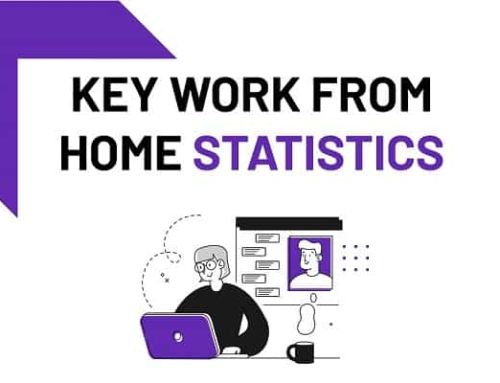It’s hard to believe that May 29 this year marked the 50th anniversary of the Equal Pay Act, which made it officially illegal to pay women less than men for the same job. Statistics show that, despite this legislation, institutional sexism and structural inequality are lingering presences in the working world, and the gender pay gap is a persistent issue that still needs to be addressed.
Half a century on, women still earn on average 17% less than men, according to data from the Office for National Statistics (ONS). The present rate of reduction in the gender pay gap means that women are not likely to receive actual parity in their income until 2080. That’s slow progress in unravelling centuries of deep-seated prejudice and organisational discrimination.
Even in jobs that are typically dominated by women, the gender pay gap is often significant. In fact, the data shows that men have a higher rate of pay in two-thirds of such jobs, including dental practitioners, cleaners and domestic workers, and receptionists. The greatest disparity is in the field of health and social care, with 12 professions, including care workers, to pharmacists, and dentists, showing a significant pay gap.
The gender pay gap is dramatically wide in professions such as dentistry, with female dentists earning an average of £26,451 less than their male counterparts. Also, as with most systemic inequalities, this issue affects the lowest-paid workers the most. The top ten biggest pay gaps are all in jobs that qualify for ‘basic-rate’ income tax, and only two (dentistry and financial account management) earn over the national average of £24,897.
This infographic from Resume.io uses 2019 ONS data from 57 professions that are predominantly occupied by women to show how wide the pay gap is for each profession. The figures show that there’s still a long way to go in addressing the structural inequalities and deep seated issues in working culture that are holding women back from attaining an equal footing in the workplace.






Leave A Comment